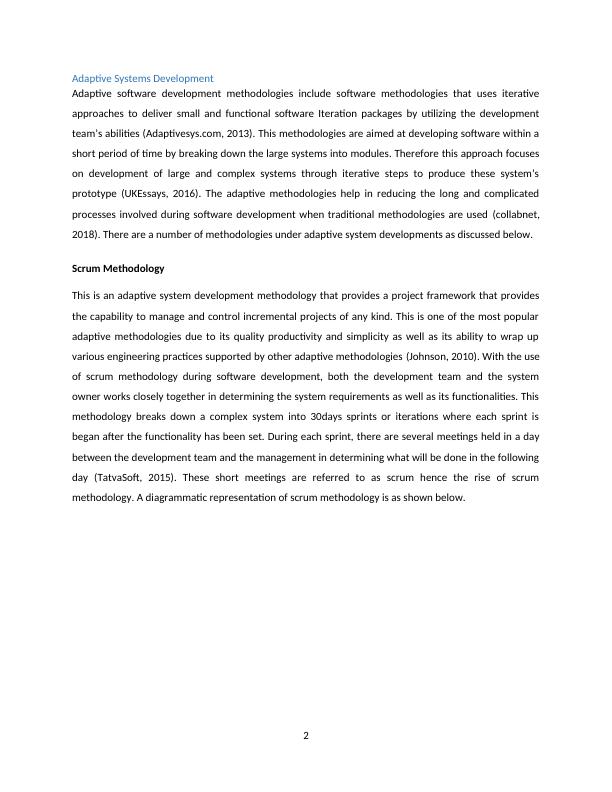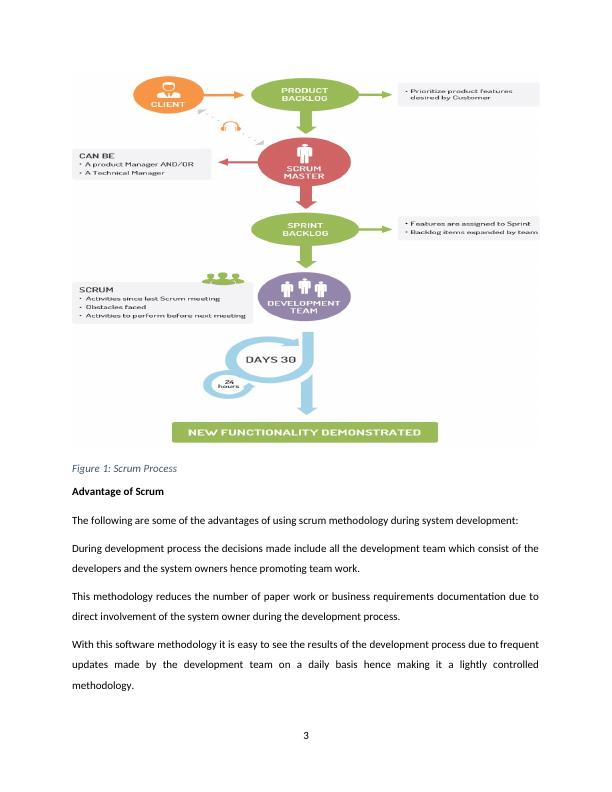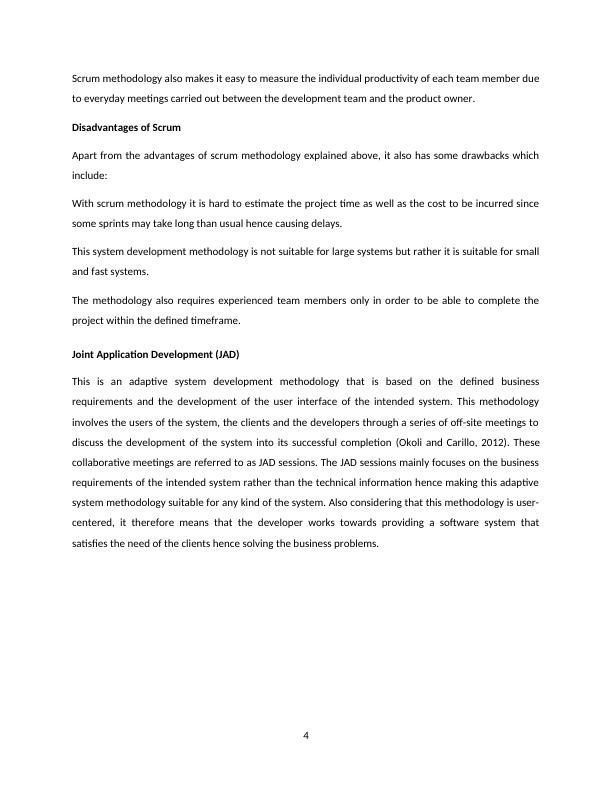Adaptive System Development Methodologies for Software Development
15 Pages3421 Words397 Views
Added on 2023-06-05
About This Document
This article discusses adaptive system development methodologies for software development including Scrum, JAD, and XP. It explains the advantages and disadvantages of each methodology and recommends XP for BTS system development. The article also covers human computer interface design approaches for the new online BTS ordering system, including cognitive HCI design and anthropomorphic approach.
Adaptive System Development Methodologies for Software Development
Added on 2023-06-05
ShareRelated Documents
End of preview
Want to access all the pages? Upload your documents or become a member.
System Analysis and Design
|15
|2115
|73
Iterative and Agile System Development Methodologies for AFD's Information System
|10
|3055
|335
System Analysis and Design
|14
|1909
|73
ICT310 System Analysis and Design - Assignment
|9
|1322
|149
Adaptive Software Development Methodologies and Design Approaches for Online Book Ordering System
|18
|3100
|368
CSI 3370 Software Process and Project Management.
|15
|3004
|10




